-
BackX
-
Components
-
-
Category
-
Semiconductors
- Diodes
- Thyristors
-
Electro-insulated Modules
- Electro-insulated Modules | VISHAY (IR)
- Electro-insulated Modules | INFINEON (EUPEC)
- Electro-insulated Modules | Semikron
- Electro-insulated Modules | POWEREX
- Electro-insulated Modules | IXYS
- Electro-insulated Modules | POSEICO
- Electro-insulated Modules | ABB
- Electro-insulated Modules | TECHSEM
- Go to the subcategory
- Bridge Rectifiers
-
Transistors
- Transistors | GeneSiC
- SiC MOSFET Modules | Mitsubishi
- SiC MOSFET Modules | STARPOWER
- Module SiC MOSFET ABB’s
- IGBT Modules | MITSUBISHI
- Transistor Modules | MITSUBISHI
- MOSFET Modules | MITSUBISHI
- Transistor Modules | ABB
- IGBT Modules | POWEREX
- IGBT Modules | INFINEON (EUPEC)
- Silicon Carbide (SiC) semiconductor elements
- Go to the subcategory
- Gate Drivers
- Power Blocks
- Go to the subcategory
- Electrical Transducers
-
Passive components (capacitors, resistors, fuses, filters)
- Resistors
-
Fuses
- Miniature Fuses for electronic circuits - ABC & AGC Series
- Tubular Fast-acting Fuses
- Time-delay Fuse Links with GL/GG & AM characteristics
- Ultrafast Fuse Links
- Fast-acting Fuses (British & American standard)
- Fast-acting Fuses (European standard)
- Traction Fuses
- High-voltage Fuse Links
- Go to the subcategory
- Capacitors
- EMI Filters
- Supercapacitors
- Power surge protection
- Go to the subcategory
-
Relays and Contactors
- Relays and Contactors - Theory
- 3-Phase AC Semiconductor Relays
- DC Semiconductor Relays
- Controllers, Control Systems and Accessories
- Soft Starters and Reversible Relays
- Electromechanical Relays
- Contactors
- Rotary Switches
-
Single-Phase AC Semiconductor Relays
- AC ONE PHASE RELAYS 1 series| D2425 | D2450
- One phase semiconductor AC relays CWA and CWD series
- One phase semiconductor AC relays CMRA and CMRD series
- One phase semiconductor AC relays - PS series
- Double and quadruple semiconductor AC relays - D24 D, TD24 Q, H12D48 D series
- One phase semiconductor relays - gn series
- Ckr series single phase solid state relays
- One phase AC semiconductor relays for DIN bus - ERDA I ERAA series
- 150A AC single phase relays
- Rail Mountable Solid State Relays With Integrated Heat Sink - ENDA, ERDA1 / ERAA1 series
- Go to the subcategory
- Single-Phase AC Semiconductor Relays for PCBs
- Interface Relays
- Go to the subcategory
- Cores and Other Inductive Components
- Heatsinks, Varistors, Thermal Protection
- Fans
- Air Conditioning, Accessories for Electrical Cabinets, Coolers
-
Batteries, Chargers, Buffer Power Supplies and Inverters
- Batteries, Chargers - Theoretical Description
- Modular Li-ion Battery Building Blocks, Custom Batteries, BMS
- Batteries
- Battery Chargers and Accessories
- Uninterruptible Power Supply and Buffer Power Supplies
- Inverters and Photovoltaic Equipments
- Energy storage
- Fuel cells
- Lithium-ion batteries
- Go to the subcategory
-
Automatics
- Futaba Drone Parts
- Limit Switches, Microswitches
- Sensors, Transducers
-
Infrared Thermometers (Pyrometers)
- IR-TE Series - Water-proof Palm-sized Radiation Thermometer
- IR-TA Series - Handheld Type Radiation Thermometer
- IR-H Series - Handheld Type Radiation Thermometer
- IR-BA Series - High-speed Compact Radiation Thermometer
- IR-FA Series - Fiber Optic Radiation Thermometer
- IR-BZ Series - Compact Infrared Thermometers
- Go to the subcategory
- Counters, Time Relays, Panel Meters
- Industrial Protection Devices
- Light and Sound Signalling
- Thermographic Camera
- LED Displays
- Control Equipments
-
Recorders
- Hybrid Recorders - AL3000 Series | CHINO
- Graphic Recorder - KR2000 Series | CHINO
- Ubiquitous Recorders - KR5000 Series | CHINO
- Palm-sized Temperature/Humidity Meters - HN-CH Series | CHINO
- Consumables for Recorders
- 71VR1 - Compact Paperless Recorder | M-SYSTEM
- Graphic Recorder - KR3000 Series | CHINO
- PC Recorders - R1M Series | M-SYSTEM
- PC Recorders - R2M Series | M-SYSTEM
- PC Recorders - RZMS Series | M-SYSTEM
- PC Recorders - RZUS Series | M-SYSTEM
- Go to the subcategory
- Go to the subcategory
-
Cables, Litz wires, Conduits, Flexible connections
- Wires
- Litz wires
- Cables for extreme applications
- Sleevings
-
Braids
- Flat Braids
- Round Braids
- Very Flexible Flat Braids
- Very Flexible Round Braids
- Cylindrical Cooper Braids
- Cylindrical Cooper Braids and Sleevings
- Flexible Earthing Connections
- Galvanized and Stainless Steel Cylindrical Braids
- PCV Insulated Copper Braids (temp. up to 85C)
- Flat Aluminium Braids
- Junction Set - Braids and Tubes
- Go to the subcategory
- Traction Equipment
- Cable Terminals
- Flexible Insulated Busbars
- Flexible Multilayer Busbars
- Cable Duct Systems
- Hoses
- Go to the subcategory
- View all categories
-
Semiconductors
-
-
- Suppliers
-
Applications
- CNC Machine Tools
- DC and AC Drives (Inverters)
- Energetics
- Energy bank
- Equipment and Components for Hazardous Areas [Ex]
- Equipment for Distribution, Control and Telecommunications Cabinets
- HVAC Automation
- Induction Heating
- Industrial Automation
- Industrial Protective Devices
- Machines for Drying and Wood Processing
- Machines for Thermoforming Plastics
- Mining, Metallurgy and Foundry
- Motors and Transformers
- Power Supplies (UPS) and Rectifier Systems
- Printing
- Temperature Measurement and Regulation
- Test and Laboratory Measurements
- Tram and Railway Traction
- Welding Machines
-
Assembly
-
-
Inductors
-
-
Induction devices
-
-
https://www.dacpol.eu/pl/naprawy-i-modernizacje
-
-
Service
-
- Contact
- Zobacz wszystkie kategorie
Heat management - Challenges for electric vehicles

Thermal Management- Challenges for electric vehicles
The change to electric powertrains and the increasing importance of autonomous driving imply a variety of new challenges. Thermal management or rather thermal connectivity and cooling of electrical components have an important role to play. While there is a large number of Thermal Interface Materials, the most common solution for the automotive sector are the Gap Filler Liquids (GFL) and the Softtherm Pads, both of them can be individual customized.
According to the latest calculations by the Federal Ministry of Environment, Germany will significantly miss the self-imposed climate target of reducing CO2 emissions by more than 40% until 2020. In contrast to the trend of other sectors, greenhouse gas emissions from the transport sector even recorded a slight increase compared to the reference year 1990 and are responsible for one fifth of Germany's total emissions. Improved vehicle efficiency could not compensate conflictual factors such as increasing traffic and engine performance. The Federal Government's new climate protection plan envisages a 40-42% reduction in greenhouse gas for the transport sector by 2030, just a small component to meet the 2 ° C target of the Paris climate agreement. Alternative drive systems are essential in order to meet the target of 95 g CO2/km on average for cars. If these values are exceeded, car manufacturers face massive fines. This pricing mechanism has a positive impact on low-emission cars. A global rethink has to take place in the automotive industry.
Thermal Interface Materials
According to forecasts by leading German automobile manufacturers, all top sellers will also be available as an electric car by 2030 at the latest, an extremely ambitious goal. Aspects like an continuous increasing power density or higher heat flow per area (W/m2) and "high power charging" lead to an increased component temperature and consequently to a reduced lifetime in the application.Efficient thermal cooling of electrical components by connecting of the heat source to heat sink, while at the same time having an electrically insulating effect, is therefore a prerequisite for the high quality standards from the automotive sector. This connection and the levelling of appropriate component tolerances, gaps or air inclusions can be realized individually by the wide range of Thermal Interface Materials of KERAFOL, depending on the requirements for thermal conductivity (W/mK) and desired temperature difference ∆T.
Check out our offer of thermal materials
Thermal Management for e-mobility
The change to electric drive systems as well as the increasing importance of autonomous driving imply completely new applications and challenges in the field of "Thermal Management." The functional relationship between the operating temperature of a battery stack and its maximum achievable number of cycles has been sufficiently proven, which can be quantified extremely precisely by the following rule of thumb:
"A reduction in operating temperature by 10°C doubles the lifetime of the battery cells"
The net reach of an electric car is also noticeably dependent on the operating temperature of the battery and thus also indirectly on the present thermal cooling. In addition to the concept for thermal connectivity of the energy source, the "car of tomorrow" also requires solutions for electrical components in the areas of LED, sensor technology, on-board network and inverter, one of the core elements of the electric powertrain.

Thermal Management for electric cars
Gap Filler Liquids
For high volumes in particular, two-component GFL are an efficient and cost-oriented solution. For this purpose, the two components of the ceramic filled silicone elastomers are blended by a mixing tube and can be directly applied to the component (e.g. metal housing) by a dispensing system. In the next step, the electronic components (e.g. IGBTs, capacitors, etc.) are attached under slight pressure to the still uncured mass, thus creating an even distribution of the mass and consequently a defined thickness as well as reproducible electrical and thermal parameters. The cross-linking or curing of the mass takes place under room temperature and lasts about an hour, but can be customized at the customer's request. Primarily the GFL with lower thermal conductivity has a high self-adhesion, which can be very useful for the assembly. Nevertheless, in case of a disassembly the GFL of KERAFOL can be removed again, a property that is not always customary in the market.
Compared to systems based on polyurethane or epoxy, silicon-containing GFL can absorb and compensate vibrations much better, an effect that is favoured by the high softness of the GFL. In addition, the low viscosity of the GFL allows for a simple workability and has a gentle effect on the dispensing system, a thesis that has been confirmed by leading plant manufacturers such as ViscoTec, bdtronic or Scheugenpflug.
Check out our GFL series products
„The GFL of KERAFOL is worldwide used for cooling of inverters, batteries and many other electric components”
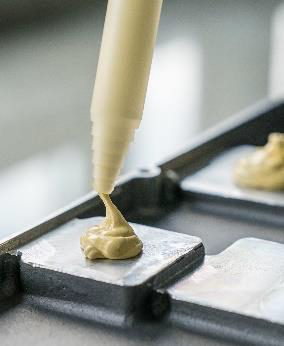
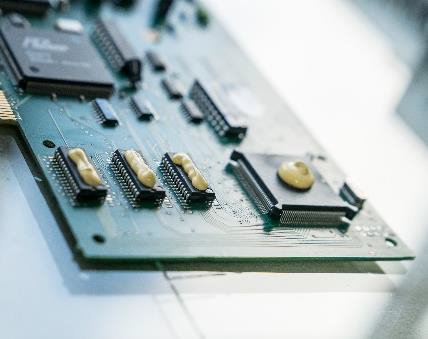
| Gap Filler Liquid | |||||
|---|---|---|---|---|---|
| Basic Material | Thermal Conductivity (W/mK) |
Breakdown Voltage (kV/mm) |
Viscosity (Pas) |
Application Temperature (°C) |
Hardness (Shore 00) |
| Silicone | 1,8 - 4,5 | 12 -20 | 45 - 90 | -40 up to +200 | 45 - 70 |
Compared to systems based on polyurethane or epoxy, silicon-containing GFL can absorb and compensate vibrations much better, an effect that is favoured by the high softness of the GFL. In addition, the low viscosity of the GFL allows for a simple workability and has a gentle effect on the dispensing system, a thesis that has been confirmed by leading plant manufacturers such as ViscoTec, bdtronic or Scheugenpflug.
Softtherm Pads
For many thermal connections in the field of e-mobility, classic thermal conducting tapes and pads are still "state of the art." Especially cross-linked silicone-based elastomers, better known as Softtherm Gap Pads, can play a crucial role in thermal cooling (power range up to 6 W/mK) of electronic components due to their variety of specifically adjustable properties.
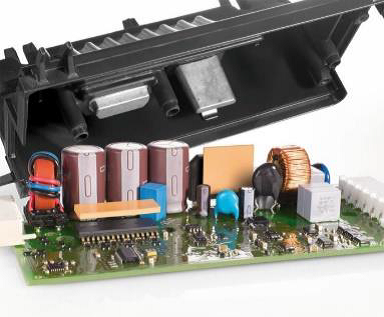
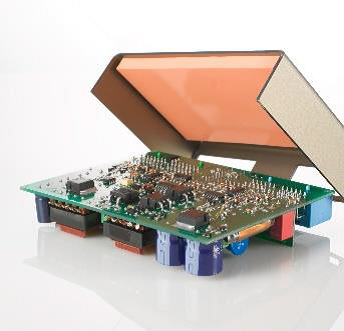
| Softtherm Pads | |||||
|---|---|---|---|---|---|
| Basic Material | Thermal Conductivity (W/mK) |
Breakdown Voltage (kV/mm) |
Compression (%) |
Application Temperature (°C) |
Hardness (Shore 00) |
| Silicone | 1,0 - 6,0 | 2 - 16 | up to 40 | -60 up to +250 | 10 - 75 |
Check out our offer of filling materials - Softtherm
Due to the high flexibility and enormous mechanical resistance of the Softtherm Pads, large gap dimensions as well as high component tolerances can be compensated. In addition to individual solutions, such as one-sided adhesive coating for component fixation or fibreglass reinforcement to increase mechanical stability, two-layer films (required by specific regulations) can also be of great added value to the customer. KERAFOL is meeting these customer-specific requirements for many years and finds the right solution for every application. Regardless of which of the "Thermal Interface Materials" is the best solution from a technical and monetary point of view,
KERAFOL together with DACPOL has been meeting these specific customer requirements for many years and finds the right solution for each application. Regardless of which of the "thermally conductive materials" is the best solution from a technical and financial point of view.
Related products
Related posts
 Thermally conductive materials in power storages
Thermally conductive materials in power storages
 Measuring power and energy in electric circuits
Measuring power and energy in electric circuits
 Industrial communication in explosion hazardous areas (with MTL components)
Industrial communication in explosion hazardous areas (with MTL components)

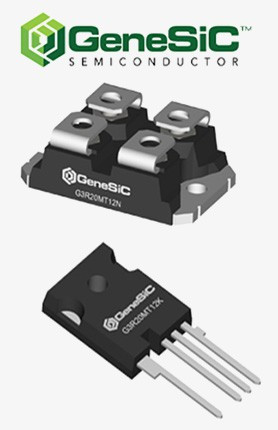
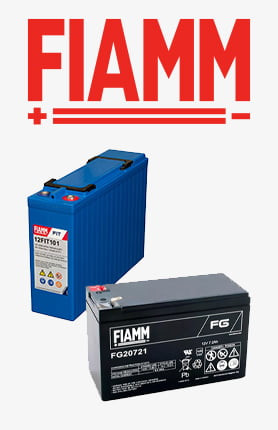
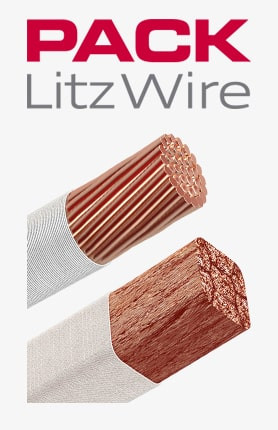
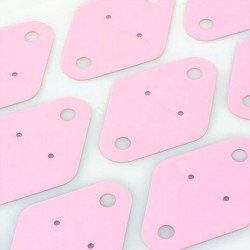
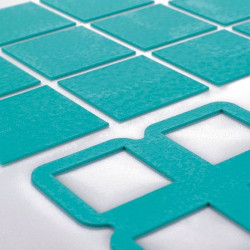
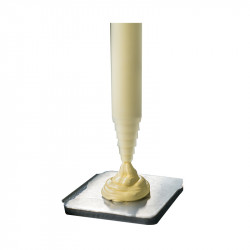
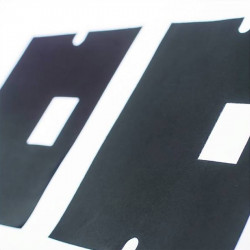
Leave a comment